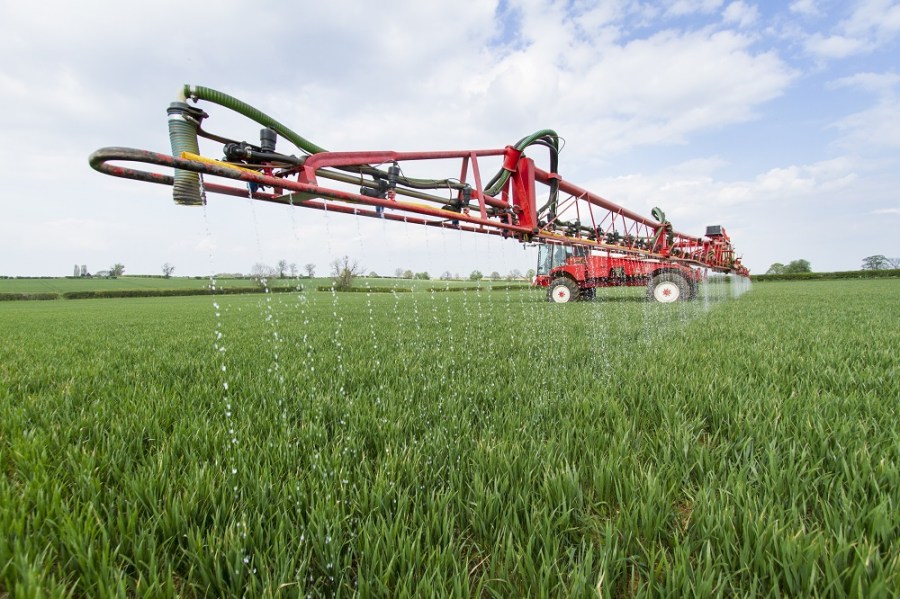Growers planning on drilling spring crops and maize could benefit from using the coming weeks to ascertain soil nitrogen levels to maximise production and minimise the damaging effects of the wet winter, according to CF Fertilisers. Charlotte Cunningham reports.According to CF Fertilisers’ Ross Leadbeater, for growers that have managed to get any FYM, slurry or organic manure on over the recent weeks, it’s important not to assume that what you put on in terms of nutrients is still there.
“Equally, if you haven’t put any on yet it’s essential you know what N is left in the soil before you do, as this could affect application rates in the next few weeks and nutrient plans longer term.
“It is not a year for guesswork, particularly with the amount of water standing in fields and present throughout the whole soil profile.”
Maize could be particularly hard-hit as it is a very hungry crop and highly dependent on nitrogen from organic materials, he points out.
“We’re picking up reports of very few maize growers being able to get anywhere near enough N into their soils because of poor conditions limiting the opportunities to spread manures and this could be very difficult to make up later.
“But you have to know what is in the soil now and the likely amount to be mineralised in the next few months before you can make decisions.
True indicator
According to Ross, Soil Nitrogen Supply (SNS) is the only true indicator of this so he believes it will undoubtedly be worth investing in a comprehensive N-Min test this year over a simple Soil Mineral Nitrogen (SMN) one which will only give you part of the picture.
CF tests to date are showing little N in the first 30cm of soil with more present at 30cm – 90cm depths so it looks like N has been washed down the soil profile rather than being lost from the system completely, he adds.
“It’s likely this will become available to plants later as the roots develop, but if you don’t carry out soil testing, you’ll never know.
“If you’re not aware of this, there’s also the risk of applying more supplementary fertiliser than the crop can use and this is never a good idea from either environmental or economic perspectives.”




